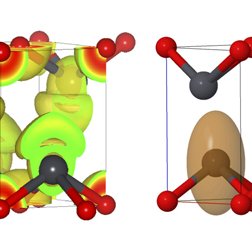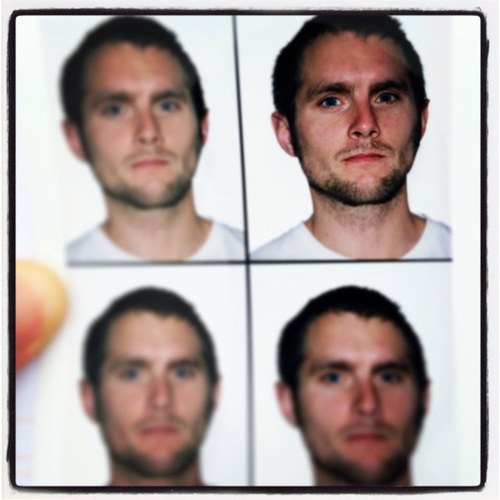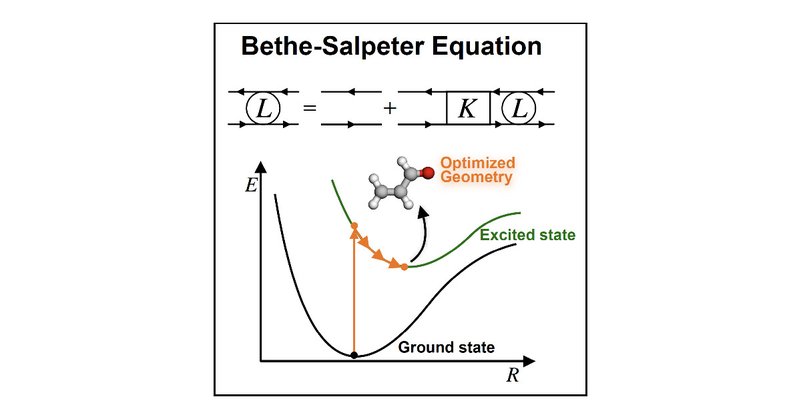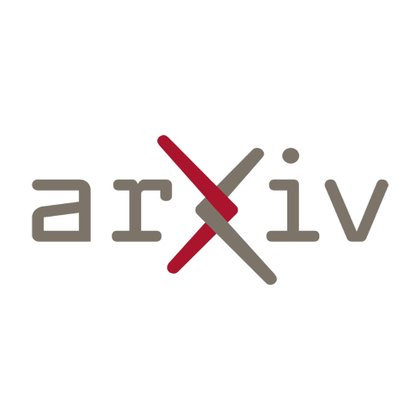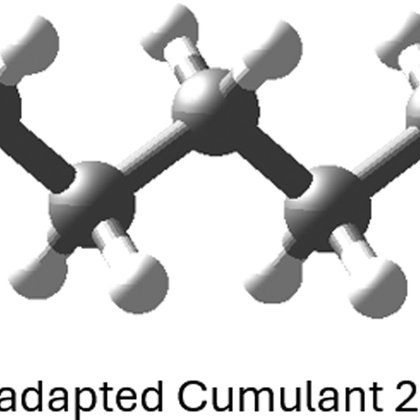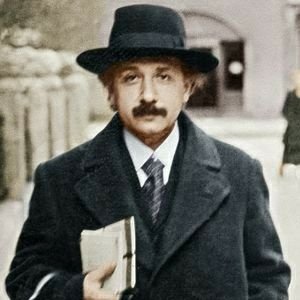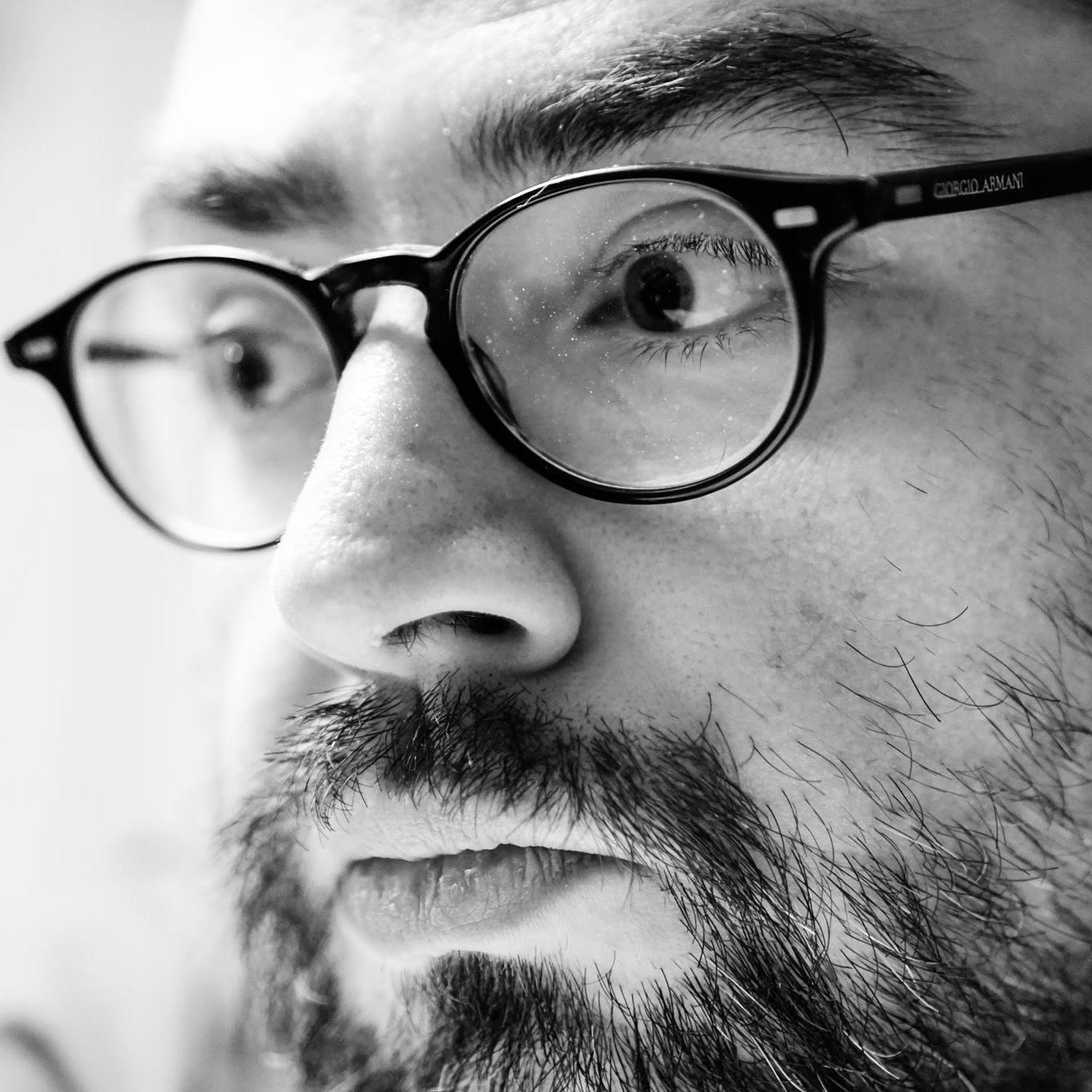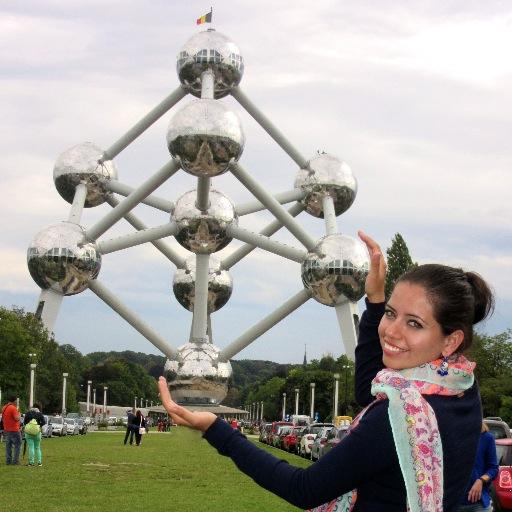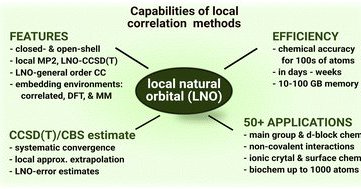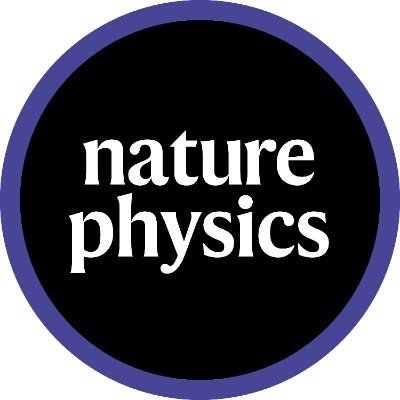
Mauricio Rodríguez-Mayorga
@mau_rod_may
Followers
282
Following
3K
Media
18
Statuses
713
-Postdoctoral researcher at @LCPQ_UMR5626 -PhD from @univgirona (specialist in Quantum Chem.) -Master's in teaching Phys. & Chem. @unisevilla
Grenoble, France
Joined December 2012
https://t.co/VO50bC9Az4 Abinit 2025: New capabilities for the predictive modeling of solids and nanomaterials. #compchem
pubs.aip.org
Abinit is a widely used scientific software package implementing density functional theory and many related functionalities for excited states and response prop
0
0
0
ABINIT School 2026 Learning electronic structure calculations using ABINIT Feb. 2 - 6 2026 - Bruyères-le-Châtel, France
0
0
0
Fully Analytic Nuclear Gradients for the Bethe–Salpeter Equation | The Journal of Physical Chemistry Letters https://t.co/44bAwZ5YwD
#compchem
pubs.acs.org
The Bethe–Salpeter equation (BSE) formalism, combined with the GW approximation for ionization energies and electron affinities, is emerging as an efficient and accurate method for predicting optical...
0
5
15
https://t.co/JQxdwEV2Yu Exploring the "Connections between Richardson-Gaudin States, Perfect-Pairing, and Pair Coupled-Cluster Theory." #compchem @TitouLoos @johnsontheochem
arxiv.org
Slater determinants underpin most electronic structure methods, but orbital-based approaches often struggle to describe strong correlation efficiently. Geminal-based theories, by contrast,...
0
2
6
Reviewers are more likely to approve a manuscript if their own work is cited https://t.co/WL25GKDWfN
nature.com
Nature - Preprint examines how citations can influence the review process.
25
98
395
📢 Our paper is now published in @JChemPhys ! We present spin-adapted cumulants of reduced density matrices, preserving spin symmetry up to 3-RDMs. With Julia Liebert & David Mazziotti 🔗 https://t.co/s35h7tel36
#QuantumChemistry #SpinSymmetry
pubs.aip.org
We develop a systematic framework for the spin adaptation of the cumulants of p-particle reduced density matrices (RDMs), with explicit constructions for p = 1
0
2
21
Join our faculty and be my colleague at an amazing school! We are #hiring at @EPFL_en @EPFL_CHEM_Tweet !
0
8
44
The history of Quantum Physics in one tweet ✍️ 1900: Max Planck introduces the quantum hypothesis to explain black body radiation. 1905: Albert Einstein proposes the light quantum hypothesis to explain the photoelectric effect. 1924: Louis de Broglie suggests particles can
90
487
2K
Interested in condensed matter? There is a new paper describing the most recent capabilities included in Abinit. Thrilled to have contributed to it 😎!
0
1
3
Nature research paper: Superconductivity and spin canting in spin–orbit-coupled trilayer graphene https://t.co/LfI9A4dpTB
nature.com
Nature - Introducing spin–orbit coupling by substrate proximity effect leads to an enhancement of superconducting phases in rhombohedral trilayer graphene.
1
7
25
📢📢Interested in transition metal complexes' photophysics? PhD opening at @LudoTroian 's lab (UCL, Louvain-la-Neuve) and at my lab (KU Leuven). Please RT
3
37
73
MOLGW 3.4 is out! Want to use/test i) the G3W2 approx, ii) complex molecular orbitals, iii) X2C relativistic wavefunctions for HF/DFT calculations, iv) use alternate compilers: LLVM flang/clang++ and Intel ifx/icx ? https://t.co/fW5KTQdIfR
github.com
What's new in version 3.4 Overview Complex wavefunctions X2C relativistic wavefunctions for HF/DFT calculations Possibility to link with LIBCINT whatever the p-orbital ordering Support for alte...
1
0
1
New model for the excited states of the uniform electron gas (kinetic, exchange & leading term of correlation). Hopefully, useful to construct state-specific density-functional approximations for excited states. 🌻Comments welcome! 🌺@LCPQ_UMR5626 @pterosor #compchem #UEG #DFT
[2502.02378] Excited States of the Uniform Electron Gas #compchem
0
5
20
Finally published: Time-reversal symmetry in RDMFT and pCCD with complex-valued orbitals J. Chem. Phys., 162, 054716 (2025) https://t.co/RaeYgpxLbL
#compchem
pubs.aip.org
Reduced density matrix functional theory (RDMFT) and coupled cluster theory restricted to paired double excitations (pCCD) are emerging as efficient methodologi
0
6
17
[2501.18263] Tensor network state methods and quantum information theory for strongly correlated molecular systems #compchem
arxiv.org
A brief pedagogical overview of recent advances in tensor network state methods are presented that have the potential to broaden their scope of application radically for strongly correlated...
0
3
11
MRCC 2024 release is out: https://t.co/hBcIe18PPC New #compchem features 1/2: - restricted open-shell LNO-CC https://t.co/Nm6cYLJ9NS - density based basis set correction with local natural orbitals (LNO) https://t.co/KdyotsefoE - LNO review & tutorial:
pubs.rsc.org
In this feature, we review the current capabilities of local electron correlation methods up to the coupled cluster model with single, double, and perturbative triple excitations [CCSD(T)], which is...
1
9
27
In strongly correlated systems, weak interactions can lead to the formation of correlated pairs of bosons with opposite momenta. Now, an experiment on ultracold bosons shows the breakdown of this effect in the strong interaction regime. https://t.co/kYxwne9jY0
nature.com
Nature Physics - In strongly correlated systems, weak interactions can lead to the formation of correlated pairs of bosons with opposite momenta. Now, an experiment on ultracold bosons shows the...
0
11
42

